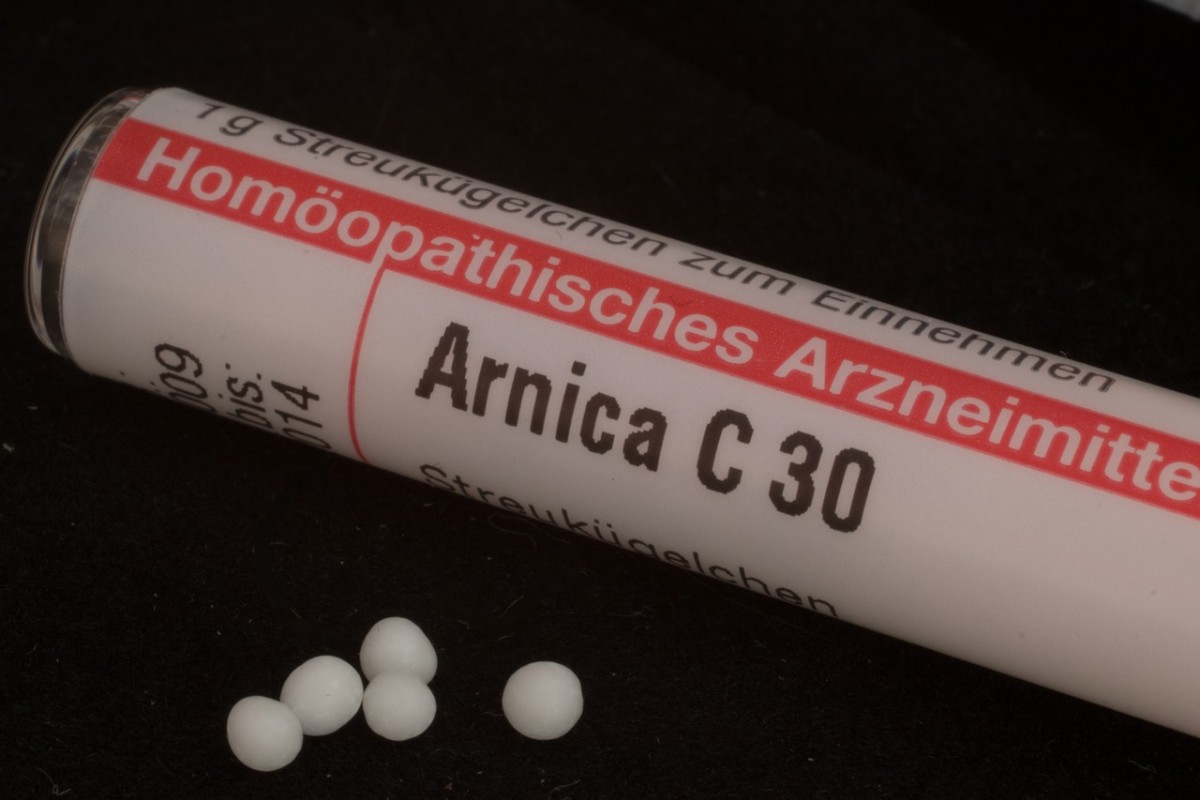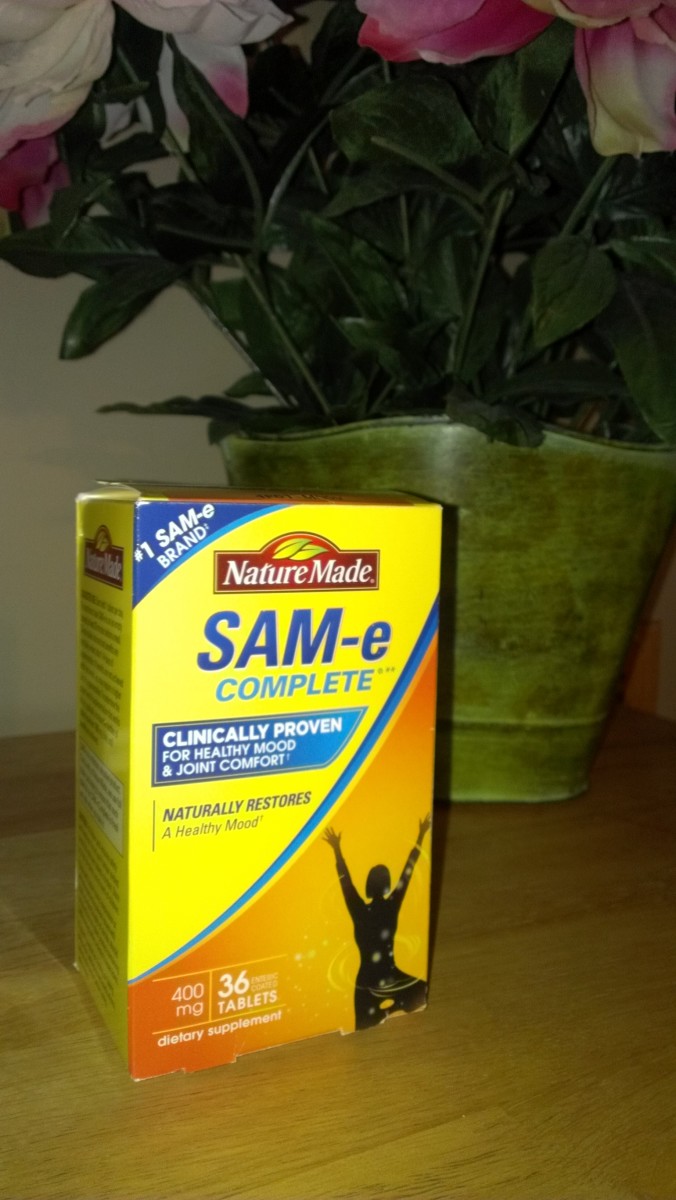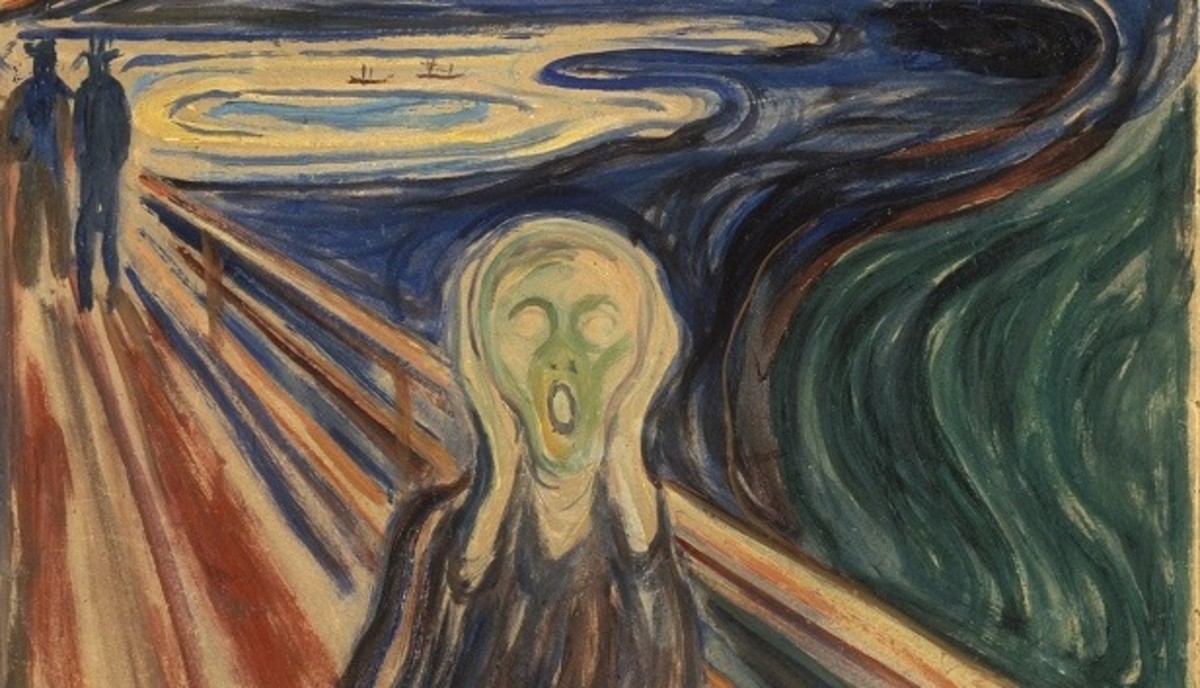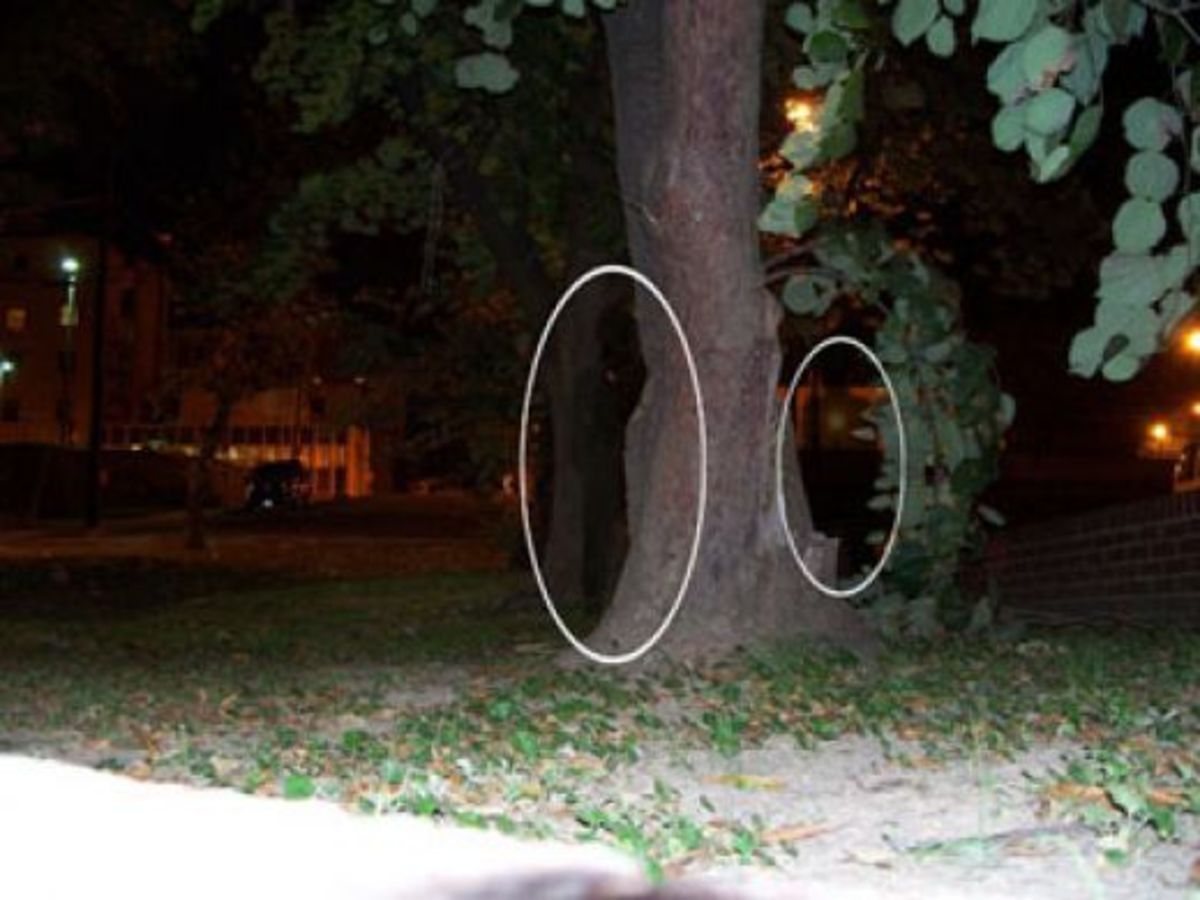Arnica and Arthritis: Can it Really Help?
Good for Arthritis?
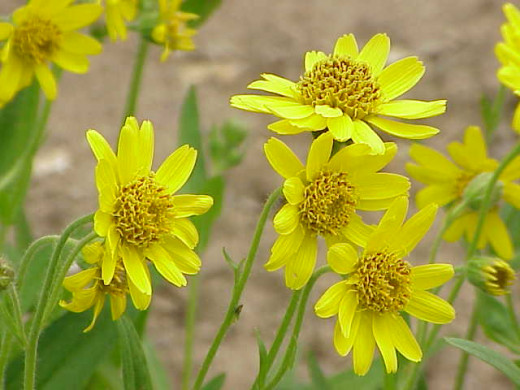
What effect can this age-old remedy have upon a crippling and chronic complaint?
When Mum asked me to purchase a large supply of a particular brand of arnica gel a couple of years ago, I thought she was either setting up her own pharmaceutical outlet or was expecting a future filled with accidents and mishaps. I have always kept a supply of arnica cream in my cupboard to treat those mysterious bruises that appear on my knees and ankles just when I want to look my best. When Mum revealed that she wanted the gel to allay the symptoms of her arthritis I thought she had gone mad. But she assured me that a legitimate practitioner had recommended she rub the gel into her worst-afflicted joints twice daily, for three months.
Three months later Mum reported an improvement in her condition. Surprised, I considered my own arthritis-afflicted knee - this condition does happen to run in my family. I used the arnica in the same way as Mum and two months later, my knee seemed to be standing up well to the frostier spells of weather that winter. Maybe there was something in this arnica thing, after all. I had known of its healing qualities since I came across a mention of in a Victorian novel but I had never known how arnica worked, and why.
Arnica montana is the name given to a group of about thirty plants, the same group to which the aster flower belongs. It is also know as Leopard’s Bane, mountain tobacco and sneezeworth. It is a perennial plant that grows best in peaty soil. In appearance it is a deep yellow flower. These flowers and the underground stems or rhizomes from which they grow can be steeped in water or alcohol to produce a tincture that is used externally to treat bruises and sprains. Arnica is also found in creams – often combined with witch hazel – and liniments. Sources tell me that it stimulates the immune system and heart, relieves pain and inflammation and clears fungal and bacterial infections. It can also be used to heal dislocations, chilblains and varicose ulcers, and can be used as a throat gargle. But why does it seem to have a beneficial effect on arthritis?
Arnica is an astringent herb that works by stimulating the activity of white blood cells. These are a group of five different types of blood cells that are produced to defend the body against injury and infection. When a joint is injured by arthritis or some other affliction the white blood cells go into action, attacking the ‘invader’. Arnica speeds up this activity, dispersing trapped fluids from joints and muscles and bruised tissue. Its anti-inflammatory and anti-bacterial qualities help to reduce pain and swelling, and improve wound healing.
Like many herbal cures, arnica has been around a long time. Because it is a sub alpine plant, that is, it grows on the lower slopes of hills and mountains, it has long been in use in Germany and Austria. It is said that Goethe (1749 – 1832) the German poet and writer, took arnica tea in old age for his angina. In sixteenth-century Europe it is thought that mountain climbers would chew the fresh plant to relieve aching muscles and as treatment for their fall-induced bruises. Like many traditional cures, arnica has lately attracted controversy. While there is no doubt of arnica’s efficacy as an external healer, more controversial is the homeopathic use of arnica. Adherents claim that arnica taken internally in the form of small pills or ‘pillules’ can calm anxiety. But sceptics dismiss such claims as mere suggestion to the patient and a recent clinical trial seemed to prove this.
In spite of Goethe’s imbibing, arnica has a degree of toxicity. Like several known medicines it contains an alkaloid, arnicin. Alkaloids are a group of mildly alkaline compounds containing nitrogen. Although they can now be synthetically produced, they were originally obtained from plants. Coniine, another alkaloid, is obtained from the seeds of the hemlock plants and was used in the execution of the philosopher, Socrates. Quinine is a remedy for malaria and nicotine is used as an insecticide. In the UK, arnica is restricted to external use but wherever you are, arnica should only be taken internally on the advice of a qualified practitioner. Whatever controversy rages over ‘homeopathic’ arnica, many happy external users attest to its healing powers. Mum and I will be using it for a long time to come.
Sources
Royal Horticultural Society: New Encyclopaedia of Herbs and their Uses, Dorling Kindersley, 2002.

